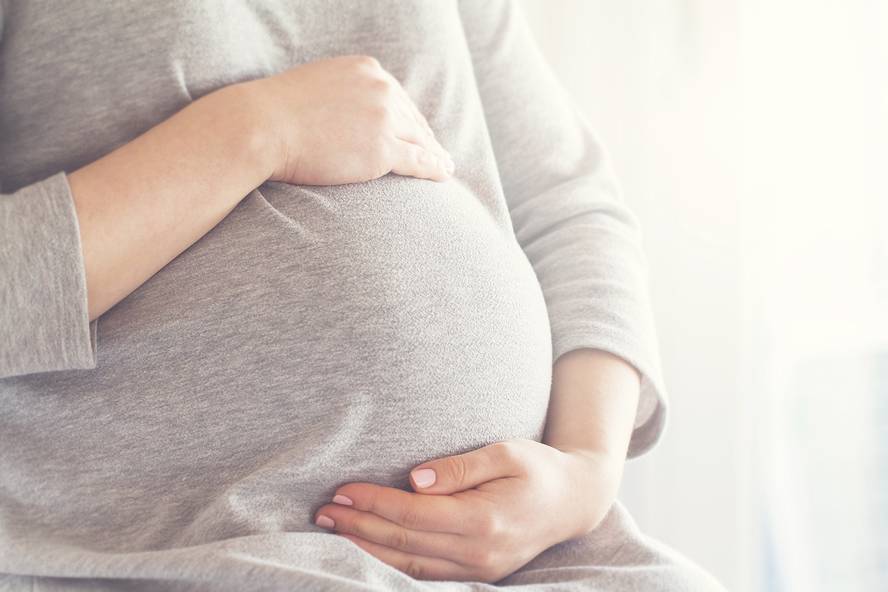They claim that being a descendant requires more energy than you think.

The energy a person needs to have a child can be up to 24 times what has been estimated so far in the forecasts. For ectodermal animals, i.e. those using external energy sources, energy expenditure is 4 times higher than previously estimated, e.g. for snakes. And twice as big for marine fish. These examples have been provided by researchers from the University of Monash in Australia, who have conducted research.
In particular, it is concluded that, in the calculations made so far, the indirect cost of reproduction, i.e. that which has not received the breeding directly, has been underestimated. The results can influence the work on the way of life of animals and can help predict how they will respond to climate change.
To carry out this study, the studies published on the subject between 1930 and 2000 were collected and analyzed, obtaining data from 81 species, from microscopic animals such as rotifers to humans. Furthermore, in view of the fact that indirect energy expenditure had often not been taken into account or had not been sufficiently considered, detailed studies were carried out for the calculation of this expenditure. For example, the metabolic rate of pregnant women at different stages of pregnancy has been measured.
Thus, it has been observed that, although indirect expenditure is considered to be between 5% and 25% of total energy expenditure, actual expenditure is much higher. Therefore, according to the researchers, the work they have done is useful to know what it is difficult to reproduce to each species. The study has been published in Science.





